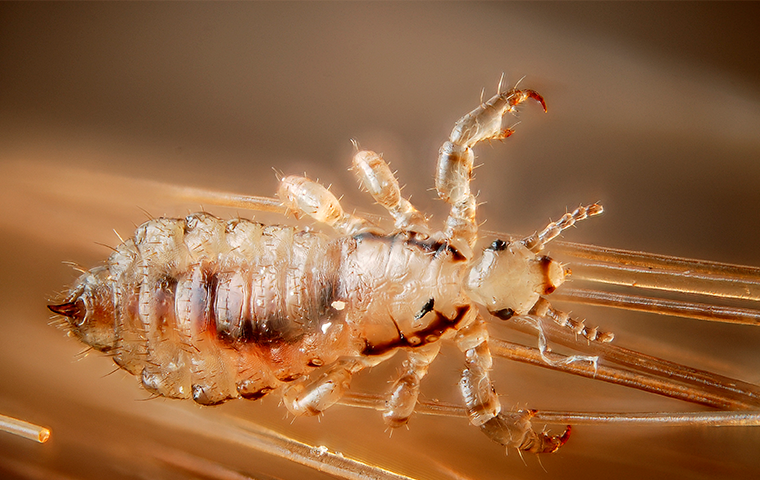
Contracting lice can lead to significant discomfort, primarily due to the intense itching they cause, which often results in scratching and potential skin sores. Scratching can also increase the risk of bacterial infections.
The impact of lice bites on humans varies depending on the species. While head and body lice bites may result in infection, bird lice cannot survive on humans and do not transfer to people, although they may briefly bite individuals handling infested birds. Additionally, lice infestations can have psychological repercussions, including sleep disturbances, anxiety, and concerns about passing on the infestation.
Head lice commonly spread among children at schools or daycare centers and can subsequently infect other family members. Body lice typically spread through direct contact with infested individuals or contact with infested bedding, clothing, or towels.
Adult lice measure approximately 2 to 4.2 mm in length and may appear whitish to gray in color. They possess hook-like claws at the ends of their legs, lack wings, and have a flattened appearance. Due to their small size, lice are often challenging to detect with the naked eye.
Moreover, lice can transmit various diseases such as epidemic typhus, vagabond's disease, trench fever, and louse-borne relapsing fever.
